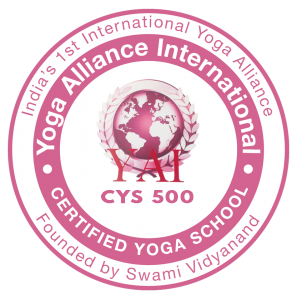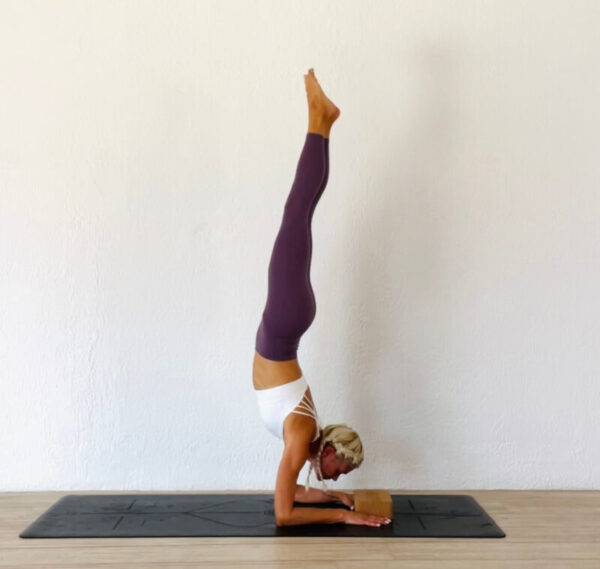Information


A supportive approach to 7 arm balancing asanas using yoga blocks.
Arm balancing asanas can be a little challenging at first, but when attempting them from a place of humbleness and not ego, it can become a more accessible journey. For sure strength is required to get into and find steadiness in arm balances, and this can come only through practice. When I say to attempt them from a space of humbleness, I mean that when we first learn how to get into any arm balance, we should do it when we feel ready physically and mentally. Using yoga blocks can help to provide support for the body and find balance and steadiness. They are also a reminder that in our practice, and in life, we sometimes need support and help and we can learn to be open to receive it. I often see student being reluctant to use yoga props because somehow this would mean they are “not good enough at yoga”. Please eliminate such concepts because in yoga, this does not exist. This is a cognitive pattern of the ego and we must learn to embrace our time on the mat with truthfulness, courage and humility.
There are three important aspects to take in consideration when practicing arm balances. One is the drishti (our focus point), another is the breath and lastly is mula bandha. The drishti is one of the most important parts of the asana practice. Where we focus our attention has a big impact not only on the steadiness of the body, but also for the mind. To be able to reach mental focus in our practice, in any asana, we must learn to use the drishti, which a teacher usually guides where it is. The breath is the most important part of our practice because it is the fuel of our existence. Without breath, there is no practice. So we need to learn how to use it wisely and to the fullest. In an arm balance, usually the exhalation is on effort, as the body creates space and with it we can activate the core muscles, which give us the strength for maintaining balance. Finally, using mula bandha in arm balances is a great way to develop strength and steadiness. Mula bandha (the root lock) activates the energy of Muladhara, the root chakra, the part of the subtle body related to creating a strong foundation on and off the mat, grounding and stability.
And of course, it goes without saying that practice is required to be confident and steady in arm balancing asanas. The practice is what guides us, it is our master that reveals to us some of the greatest teachings on the mat and in our life. What comes from it, is a result of continuous dedication and commitment. We must learn to love the practice and respect it, without desiring too much from the outcome. Just practice and see what comes.
Below are some helpful ways to practice some arm balancing asanas using the support of blocks.






